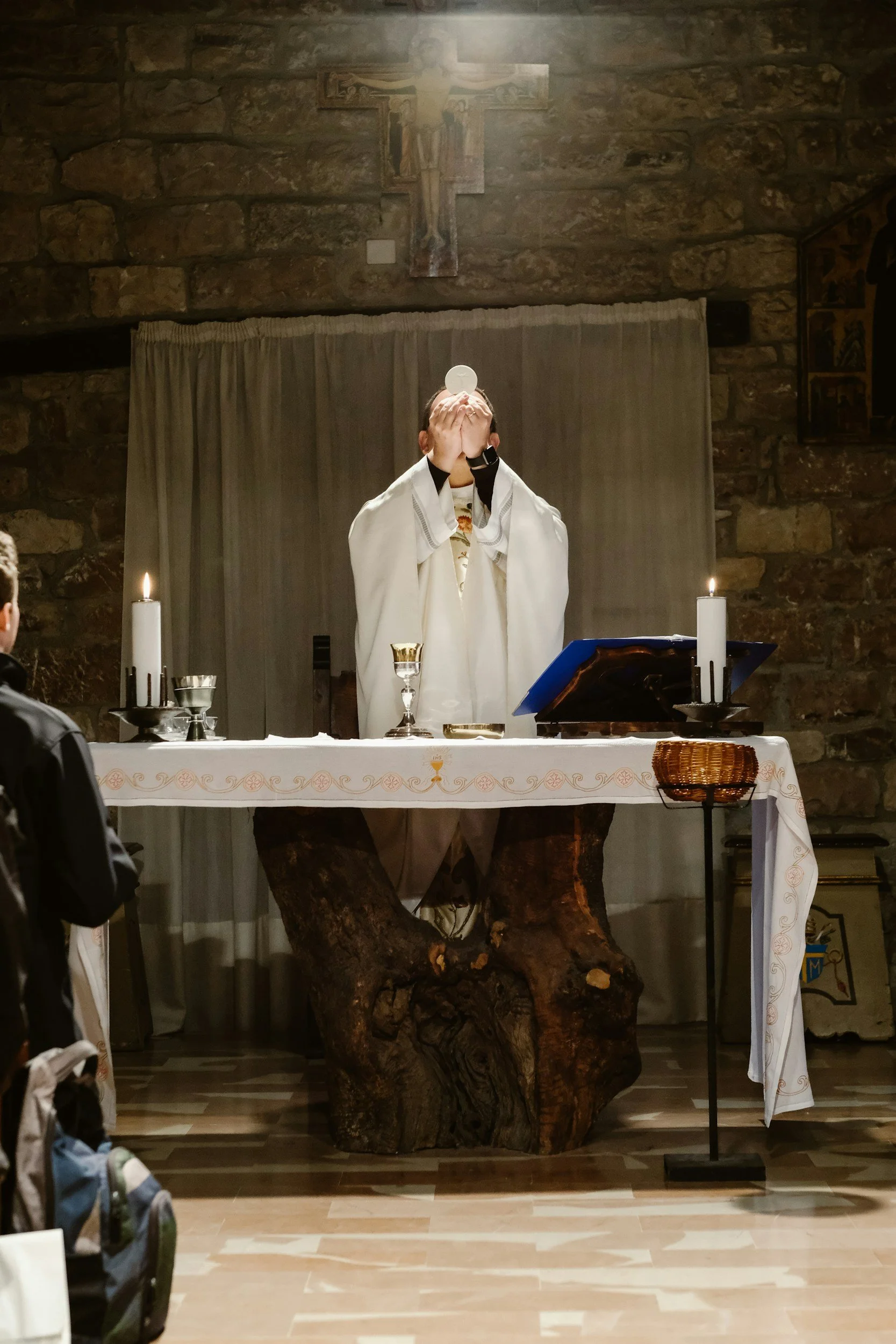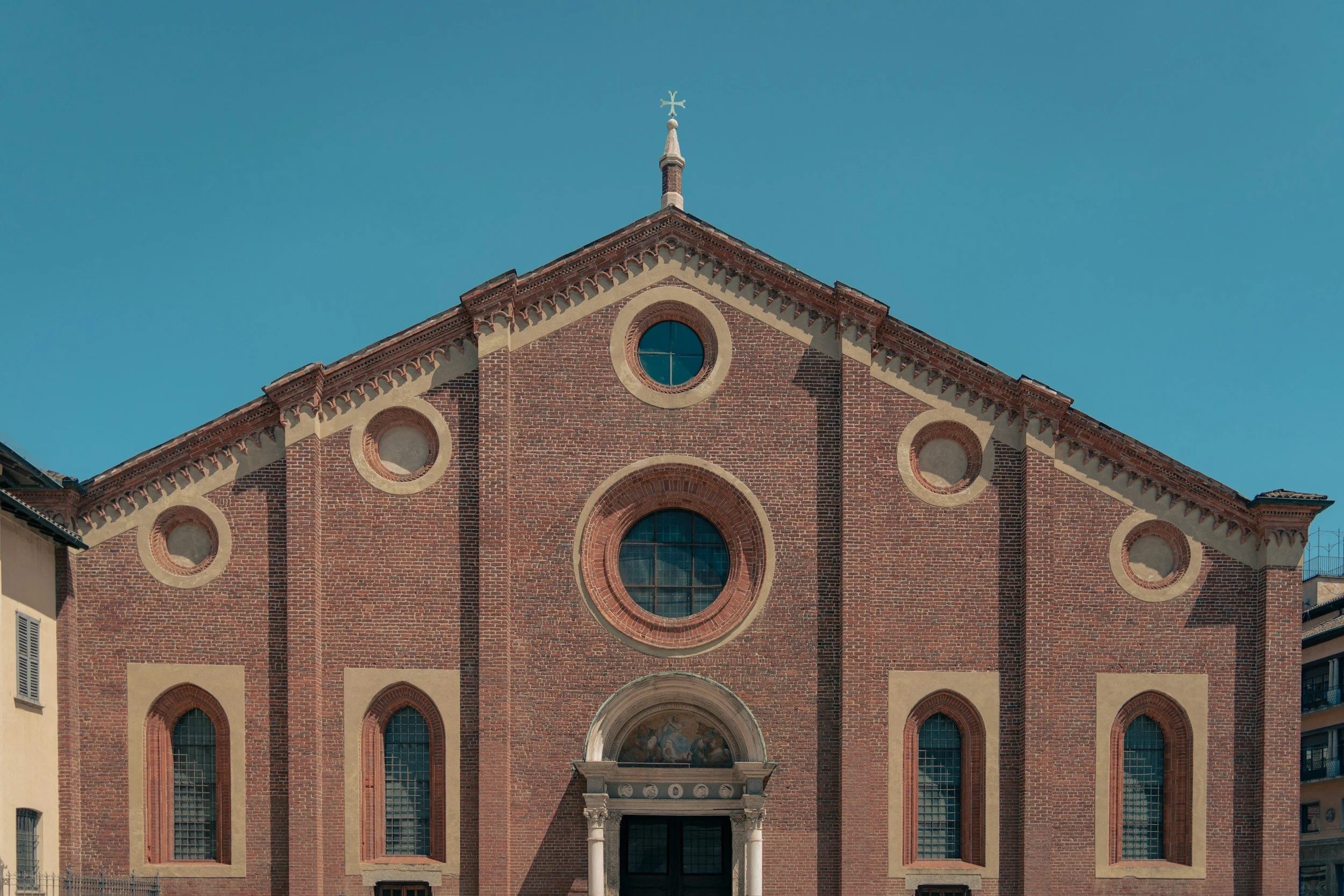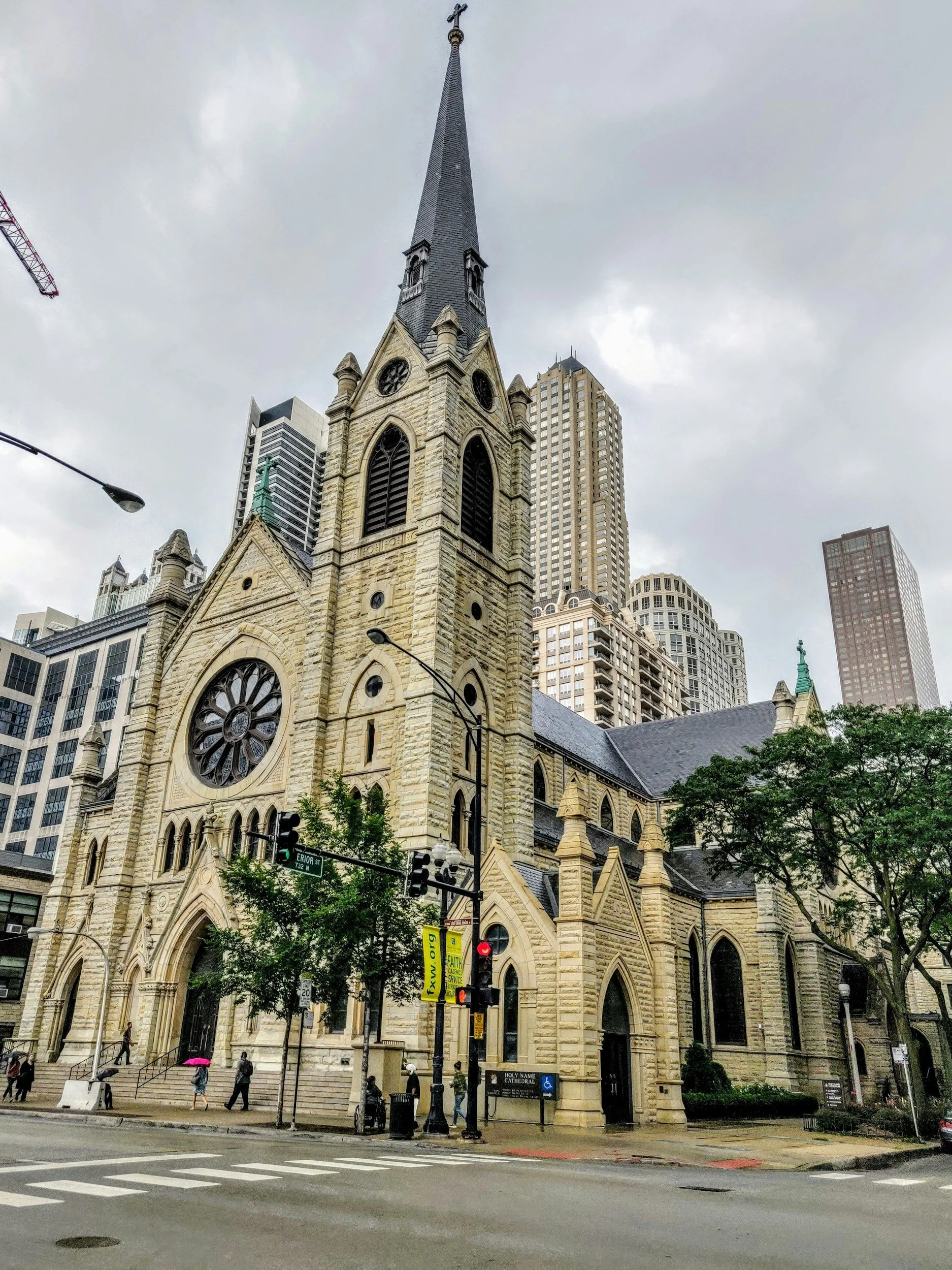CARA Special Reports
Select a tab below to see earlier Special Reports. Click on the picture to download a pdf copy of a CARA Special Report. To purchase a paper copy of a CARA Special Report, please fill out this form.
2022-2023
Women’s Religious Institutes Successfully Planning and Funding Members’ Elderly Care
Summer 2023
Successfully Planning Care for Elderly Sisters
Care of Elderly and Infirm Sisters among Catholic Sisters
Fall 2022
Religious Sisters Archives
Spring 2023
2019-2021
Evolution of Leadership in Religious Institutes in the United States
Summer 2021
Religious institutes in the United States increasingly face new challenges related to governance and collaboration in ministry. One of those challenges is that institutes founded in the United States may need to reassess where the motherhouse should ultimately be located, and what the implications are of the evolution of the institute’s leadership from older, mostly white, U.S.-born sisters to younger, foreign-born, culturally and ethnically diverse sisters. The findings presented here come from a study on “Forming a New Generation of Leadership for Religious Institutes” conducted by CARA in 2018-2019. This study included a national survey of religious institutes, as well as a series of four focus groups of superiors of international religious institutes with provinces in various areas around the world, and three individual interviews with the major superiors of the U.S. regions of international institutes.
International Women Religious in the United States
Fall 2019
Currently, the United States has slightly over 44,000 women religious and at least 4,000 international sisters. The name “international women religious” refers to two categories of sisters. First, there are women religious who have joined a U.S. religious institute after coming from abroad. The second category covers women religious who joined a religious institute outside the United States before arriving. This Special Report presents characteristics of international women religious in the United States over the last 20–30 years: their ages, where they come from, their ministries, vocations, and formation in the United States, and their reasons for coming.
Cultural Diversity in Vocations to Religious Life in the United States
Summer 2021
The Conrad N. Hilton Foundation commissioned CARA to conduct a 2020 survey of 3,196 religious priests, brothers, and sisters in the United States who entered their religious institute since 2005. The survey examined what impact parishes and family life have had on the vocational discernment of religious members before they entered religious life; what religious members’ experiences of cultural diversity within their religious institutes were; and what challenges such diversity was posing to individual members. Thirty-six percent (or 1,163) responded to the online survey.
Supporting Training for Women and Men in Religious Life
Spring 2019
Ministry can be challenging for “new” women and men in religious life in the ten years following their final profession. By and large they have completed the formation programs of their respective religious institutes and are engaged in full-time ministry. Once in ministry, are there additional educational and pastoral training resources that they need? What supports might aid them to truly thrive in their service to God’s people? The Catholic Theological Union, with generous funding from the Lilly Endowment, engaged CARA to research the ministry-related needs of new men and women religious and lay ecclesial ministers. CARA investigates these questions through surveys and focus groups.
2018
Science and Religion in Catholic High Schools
Spring 2018
How well do Catholic high schools help students reconcile their knowledge of their faith and science? In 2017 and 2018, CARA conducted a survey of all Catholic high schools in the United States. Each school received three surveys, to be completed by the principal, one religion teacher, and one science teacher (selected by the principal). This special report details the findings from this study, which was funded by the John Templeton Foundation.
Trends in the Life and Ministry of Religious Sisters in Latin America
Fall 2018
In 2018, the Center for Applied Research in the Apostolate (CARA) examined data on women religious in Latin America to develop a deeper understanding of the trends affecting the status of religious sisters in this region. Doing so adds another dimension to the overall understanding of women’s religious life in the region and indicates certain areas of growth that may defy conventional assumptions about the trends in religious life.
2017
Catholics’ Opinions about Faith and Science
Fall 2017
A report on a national survey about beliefs and attitudes about religion and science by Mark M. Gray, Ph.D. and Jonathon L. Wiggins, Ph.D.
Women Religious in Africa
Summer 2017
Africa is one of only two continents (the other is Asia) where vocations to religious life among Catholic women is growing rather than declining. This special report shows how the different countries of the continent are experiencing very different rates of growth and decline as well as documenting the varied ways African sisters are ministering.
Science and Religion in Seminaries, Fall 2017
Fall 2017
Findings from Five Countries on the Role of Science and Religion in Seminaries’ Curriculum.
Disabilities in Dioceses and Charities Special Report
Winter 2017
How Dioceses and Catholic Charities Accommodate and Serve People with Disabilities by Jonathon Holland, MA and Thomas P. Gaunt, S.J.
2016
Disabilities in Parishes Special Report
Summer 2016
Disabilities in Parishes Across the United States: How Parishes in the United States Accommodate and Serve People with Disabilities by Jonathon Holland, MA, Patrick Gilger, S.J., and Thomas P. Gaunt, S.J.
Associates Special Report
Summer 2016
A Profile of the Associate-Religious Relationship in the United States and Canada by Mary L. Gautier, Ph.D. and Jonathon Holland, M.A.
Impact of College on Vocational Discernment
Spring 2016
In this special report we identify various aspects of the college experience that the respondents tell us were important in their vocational discernment. We find that there are many distinct differences between those who attended Catholic colleges and universities and those who attended other campuses.
2015
Religious Institutes of Men Trends
Fall 2015
Population Trends among Religious Institutes of Men by Santiago Sordo Palacios, Thomas P. Gaunt, S.J., and Mary L. Gautier, Ph.D.
2014
Population Trends Among Religious Institutes of Women
Fall 2014
CARA has completed a longitudinal study of women religious in the United States drawing on data reported by the religious institutes of women listed in the Official Catholic Directory. The contributions of women religious in the United States continue to be evident today in Catholic institutions of education and healthcare across the country, but there are, and have been, countless other contributions as well. Over the years, these valiant women have adapted to changing circumstances and forged ahead despite challenges to their way of life and ministry. The U.S. Catholic Church is indebted to the ministerial efforts and sacrifices made by women religious in the past and present. This CARA Special Report is an effort to disentangle the story of women religious in the United States that is hidden in the numbers.
Nurturing Vocations to Religious Life and Priesthood: The Impact of a Volunteer Service Year
Spring 2014
The research on volunteer alumni suggests that volunteering for a year of service in a faith-based volunteer service organization may be an important step in a young adult’s discernment process. This is evidenced by the majority of the men volunteer alumni and one-third of the women volunteer alumni who have considered a religious vocation. Current and former volunteers may well be the most likely and identifiable group of potential vocations to priesthood and religious life.
2010-2006
Parish Life Today
Winter 2010
The Catholic population in the United States has changed dramatically in the last 50 years and parish life is transforming as well. The Church is becoming more ethnically and racially diverse, traditional centers of Catholic population are shifting, and the people in the pews have different expectations. These changes, coupled with a decrease in Mass attendance, are evident in many American parishes. What are the characteristics of parish life in the United States today?
Ecclesiastical Faculties and Canonical Degree Programs in the United States
Fall 2006
Ecclesiastical Faculties and Canonical Degree Programs in the United States
When We Can No Longer ‘Do': Retirement for Priests
Spring 2009
A comprehensive nationwide survey of diocesan priests and their attitudes about retirement. The study was commissioned by the Laity in Support of Retired Priests, Inc. (LSRP). The study includes diocesan priests, both active and retired. It assess their knowledge, perceptions, experiences, needs, and concerns about retirement from active ministry.
Primary Trends Challenges and Outlook: A Special Report on U. S. Catholic Elementary Schools
Spring 2006
NCEA commissioned CARA to conduct this research to obtain a comprehensive picture of the present status of U.S. Catholic elementary schools. The research substantiates that there is clearly a demand for the schools: parents whose children are enrolled are generally pleased with the school and quality religious education was ranked first in importance by parents when choosing a Catholic school. Demographic shifts—“people moved and the schools didn’t”—have proven to be the most critical reason for enrollment losses and school closures
2005-2000
The Impact of Catholic Campus Ministry on the Beliefs and Worship Practices of U.S. Catholics
Fall 2005
The Impact of Catholic Campus Ministry on the Beliefs and Worship Practices of U.S. Catholics
Young Adult Catholics
Fall 2003
National Parish Inventory
Fall 2000
Understanding the ministry and Experience: Parish Life Coordinators in the United States
Summer 2005
Understanding the ministry and Experience: Parish Life Coordinators in the United States
Getting the Word Out: Lay Preaching in the Diocese of Great Falls-Billings, Montana
Summer 2002
Priests of the Archdiocese of Chicago: Moving into a New Century with Hope and Vision
Spring 2000

































